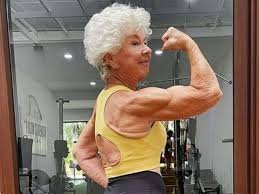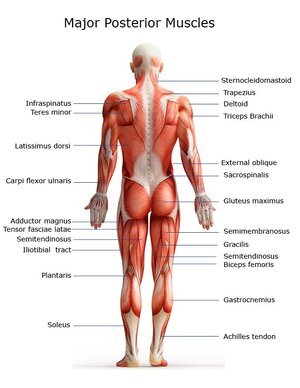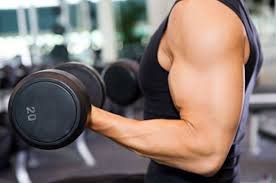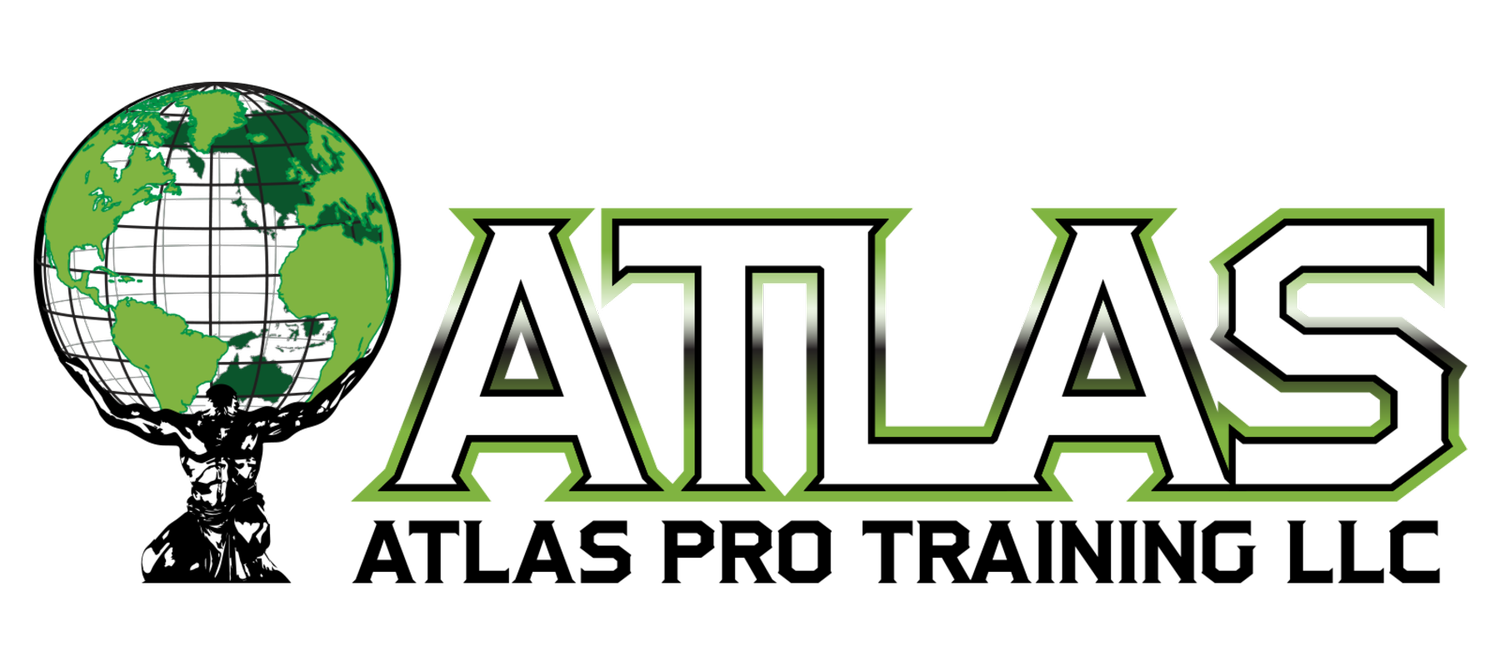
Best Compound Movements for Lean Muscle Development
Compound movements are exercises that involve multiple joints and muscle groups. These exercises are the cornerstone of any strength training program, especially when focusing on lean muscle development.
Top Compound Movements for Lean Muscle:
Squats: Engage your quads, hamstrings, glutes, and core, making them one of the best exercises for overall muscle development.
Deadlifts: Deadlifts work the entire posterior chain, including the hamstrings, glutes, lower back, and traps.

How often should I squat each week to gain leg strength? Is it bad for my back?
Squatting is a fantastic exercise for building leg strength, but many individuals are unsure of how often they should squat and whether it's detrimental to their back health. Inadequate squat frequency can slow down your progress, while excessive squatting without proper form can lead to back issues and injuries….

Will squats work your hamstrings and calves to improve the strength?
Squats are a fundamental exercise in any strength training routine, but many individuals wonder whether they effectively work the hamstrings and calves. Neglecting these muscle groups can hinder your overall health and performance journey, potentially leading to imbalances and decreased performance.

Starting at 40: Your Journey to a Remarkable Physique
Is it too late to start working out at 40? Not at all! In fact, it's the perfect time to embark on your fitness journey. In this blog post, we'll provide you with a comprehensive 6-week plan of action that focuses on nutrition, complete strength training, and the top five exercises and meals to promote fat loss and lean muscle gain.

Lean Muscle Hacks: Fast-Track to Fitness Success
Building lean muscle requires a balanced approach that includes both nutrition and strength training. In this blog post, we'll provide you with a 6-8 week nutrition and strength training program designed to help you build lean muscle effectively…..

Every Push deserves a PULL: Posterior Chain Development
Posterior chain development is extremely important for athletic development and for the prevention of injuries. One of the main objectives for posterior development is to make sure there are no strength imbalances between the front which is the anterior the back which is the posterior during physical activity….

Strength Training: The Foundation of Speed Training for Youth Athletes
Everyone understands that speed kills, but the foundations of training that skill can be developed in athletes of all ages starting with a good foundation of strength training. There are two types of speed, there is linear speed which is running in a straight line and lateral or what I like to call Multi-directional speed which is transitioning from a linear direction to lateral direction at different angles of movement. Both of these types of speed are developed by increasing the force that is applied to the ground, and the only way to increase the force that is applied to the ground and increase your RFD or Rate of Force Development……..

Body Composition: Body FAT Mass v.s. Lean Muscle Mass
I can speak from experience as a trainer and former college and professional athlete that recording and tracking your body composition during training can improve your results and give you the blueprint to reaching your goals even if you fall off the wagon and regain that extra 20 - 25 lb over the holidays or on a vacation. There are 4 ways body composition can help improve your training experience along with your health in general, but only if you are looking for a long-term solution and not a quick fix plan that will leave you 30-40 lb heavier and wondering what happened. These are the 4 reasons you should be using body composition to improve your training experience………

Energy System Development Series
Lifting heavy weights to become stronger is one of the most popular reasons to lift weights. But the combination of using various weightlifting principles and program variations to improve muscular Hypertrophy (increase in muscular tone and size) is even more effective and fun. Lifting to increase muscular size helps individuals improve not only their physical appearance but also their physical performance. One of the factors that are important is the use of set and rep manipulation. This means programming different sequences sets and reps to increase the stress applied to the muscles that are being trained and. In theory, the number of sets should be about 2-4 sets and the reps should be 8-12 reps using 65%-85% of the maximum weight you can lift for 1 rep for that exercise to achieve hypertrophy. One other important factor is limiting your rest in between sets to less than 1 minute. This limit in the recovery time will increase the stress on your muscles which increases the growth response your muscles have during the recovery process. THE MAGIC HAPPENS IN THE RECOVERY!

YOU CAN'T BE SOFT YOUR WHOLE LIFE
Every time I got the chance to go in there on my weekend visits I would try "lift" weights (was lucky I didn't lose a toe). Then my dad moved to Chicago and my lifting weight days were over as far I knew it.
Fast forward to 1988 my sophomore year of High School after football season I meet a 5'10 280 lb Italian guy named Raul Denotti, he was a bodybuilder and part-time volunteer football coach. It was in the weight room talking and "working out" which was basically doing curls and triceps cable extensions in between sets of talking…..

Energy System Development Series
Just a brief overview of what Energy Systems Development training is by definition is training specific energy system to produce the desired training effect that is specific to the goals of the training program. There are there main energy systems that the body taps into to acquire the energy to perform tasks depending on the duration and the intensity of the task. Here is a brief description of the three energy systems……

Energy System Development Series
Whether you are a high school athlete looking to gain an edge on the competition in your offseason/preseason training program or a weekend warrior training in your spare time for an obstacle race, marathon, or an adult athletic league, or trying to lose those last 10 - 15 lbs of holiday weight, the old way of improving your physical performance and condition has changed. Enter the phrase Energy System development (ESD) training. ESD training should be the foundation of any training plan to improve your performance; it could be the difference between competing at a high level or coming up short in a game. In order for muscles to contract and produce movement ATP (adenosine triphosphate) must be present. The body’s energy system is responsible for converting ATP to a usable form of energy called ADP (adenosine diphosphate). ADP can be produced using three energy systems:

